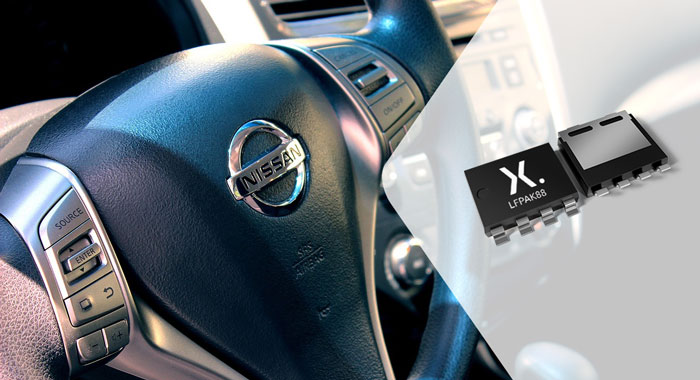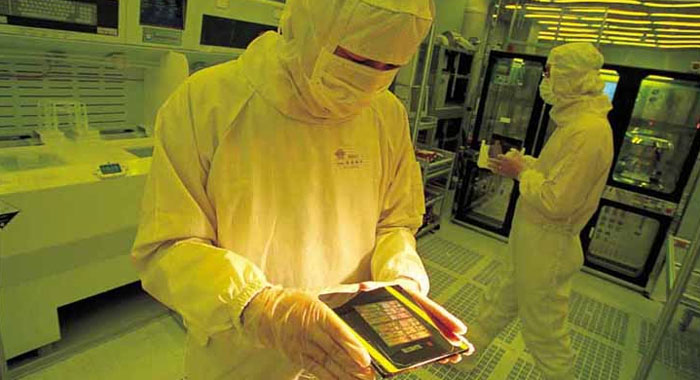NXP introduces a new 0.55M Ω RDS(ON) 40 V power MOSFET in the highly reliable LFAPRAK88 package for automotive and industrial applications. This is the lowest RDS(ON) 40 V component ever produced by NXP, but it provides a power density more than 50 times higher than a traditional D2PAK device. In addition, the new device provides improved performance in avalanche and linear modes, resulting in increased durability and reliability.

The LFPAK88 MOSFET is only 8 x 8 mm in size and has leading linear mode/safe work area (SOA) features for safe and reliable switching under high current conditions. In addition, it offers an optimal single-pulse avalanche rating (EAS) of 2.3J and an Extremely Extremely ID current rating of 500A.
The size and performance advantages provided by the LFPAK88 MOSFET enable designers to replace two older components in parallel with a new LFPAK88, simplifying manufacturing and improving reliability. AEC-Q101 compliant BUK7S0R5-40H components -- capable of providing more than twice the reliability required by automotive standards -- are suitable for braking, power steering, battery reverse protection, electronic fuses, DC-DC converters, and motor control applications. Industrial PSMNR55-40SSH MOSFET is suitable for battery isolation, current limitation, electronic fuses, motor control, synchronous rectifier, and load switching applications in power tools, appliances, fans, electric bicycles, scooters, and wheelchairs.
NXP also announced that it will use TSMC's advanced 16nm FINFET process technology to mass produce the NXP S32G2 automotive network processor and the S32R294 radar processor to help automakers simplify vehicle architectures and deliver fully connected and configurable vehicles for the future.

The S32G2 automotive network processor supports service-oriented gateways, vehicle-to-cloud connectivity, and wireless updates to provide a wide range of data-based services such as usage-based insurance and advanced automotive diagnostics. Using TSMC's 16nm technology, the S32G2 can integrate multiple devices into one, creating a powerful system on a chip (SoC) that takes up less space on the processor.
The 16nm S32R294 radar processor provides automotive manufacturers with the required capabilities to provide a scalable solution for NCAP and advanced angular radar, long range forward radar, and advanced multi-mode use cases such as synchronous blind spot detection, lane change assist, and pitch sensing.
Supported by TSMC's comprehensive automotive process blueprint, NXP's 16nm automotive processor sets the stage for a broader migration of the NXP S32 automotive processor family to TSMC's 5nm process.
Source electronic components at Hard Find Electronics LTD.
Check NXP LPC that you may have interest